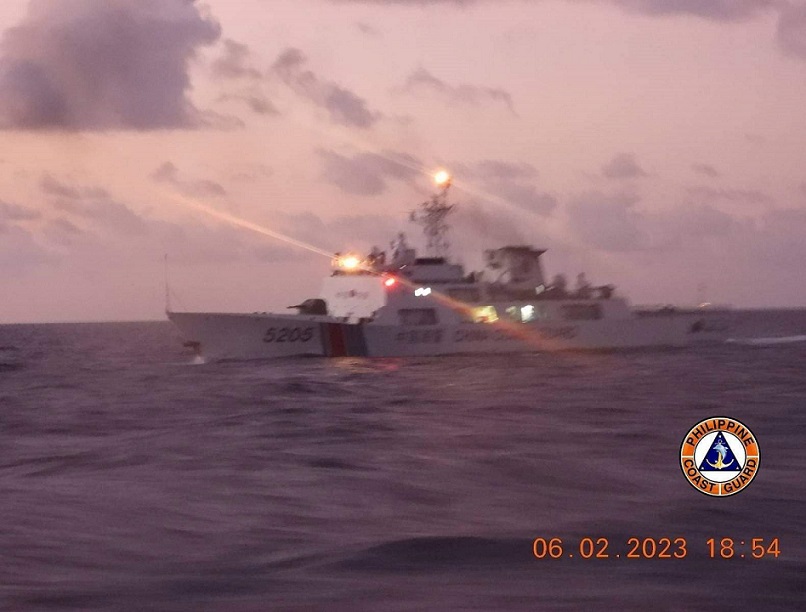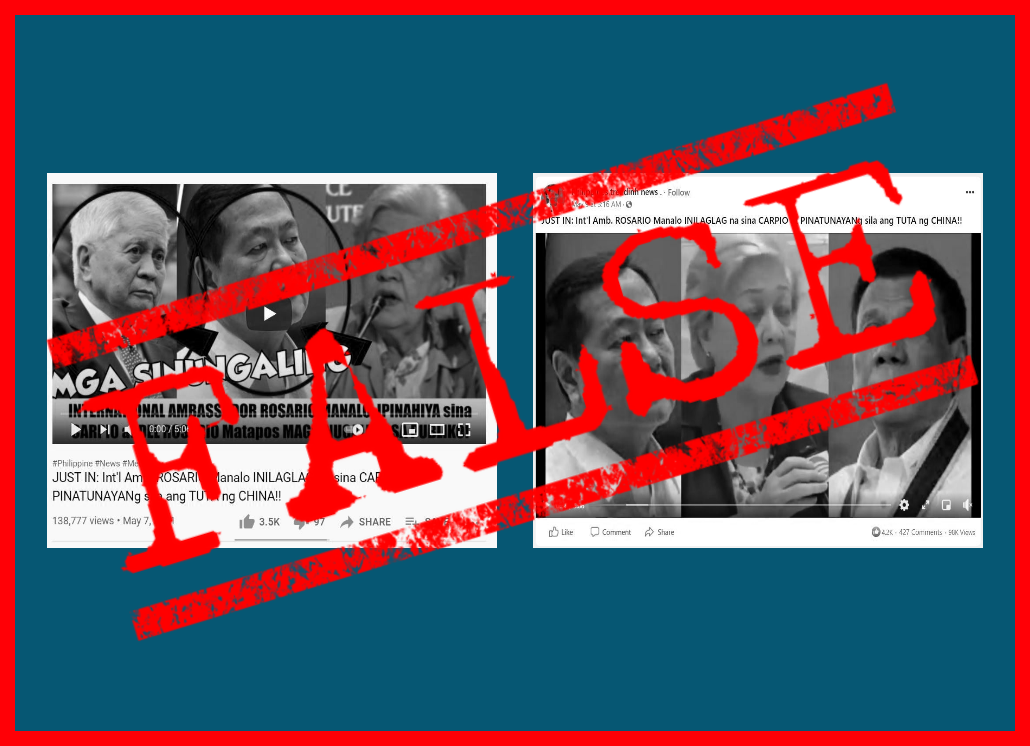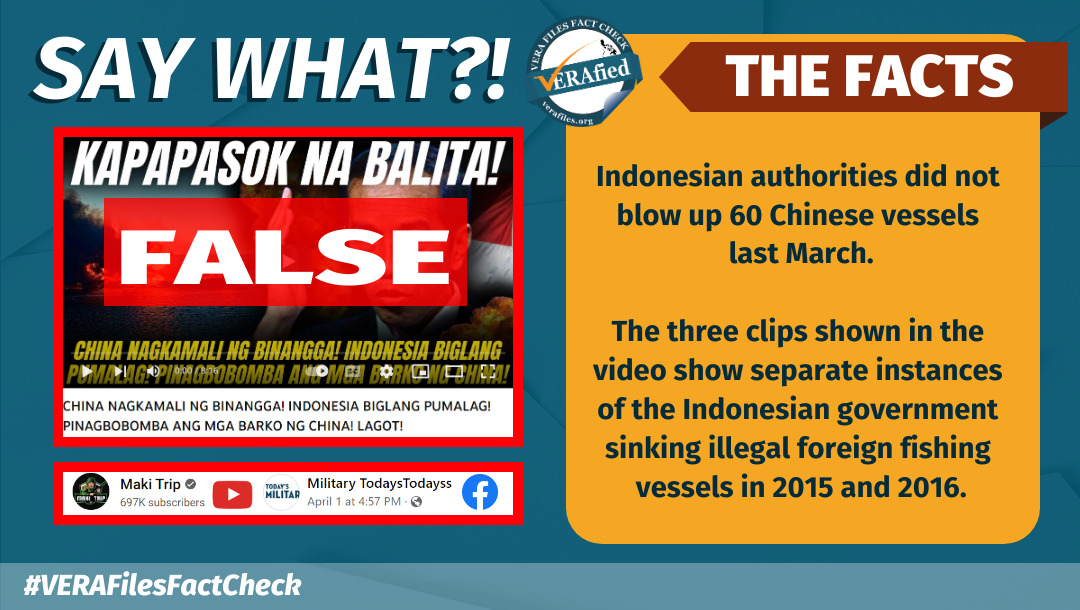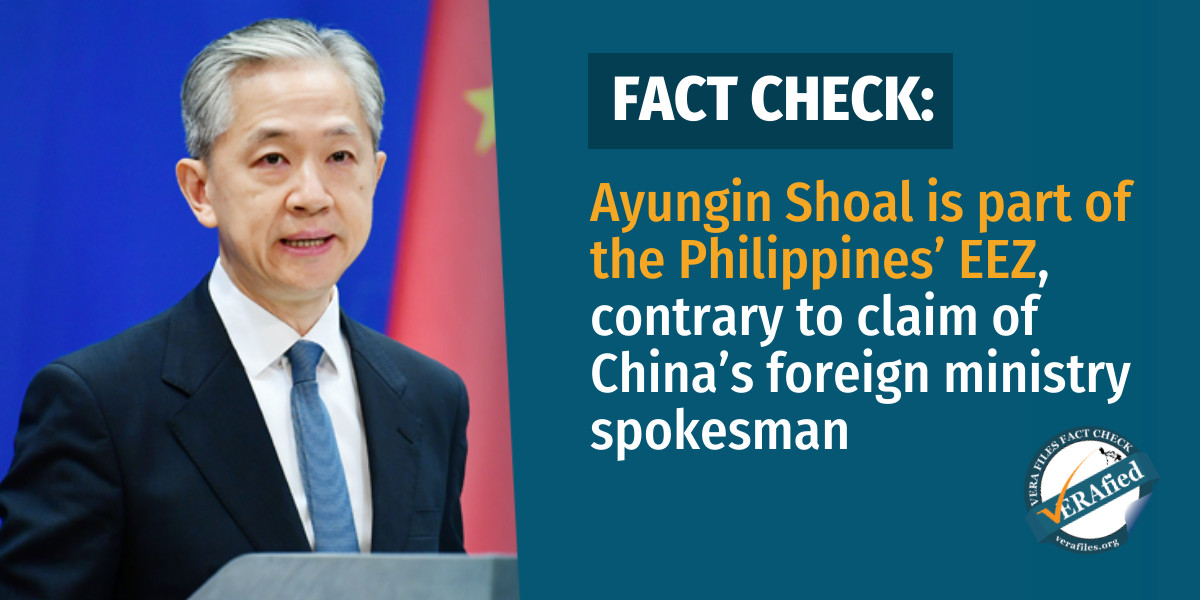On October 13, 1995, state parties meeting in Vienna, Austria agreed on what is known as the Protocol on Blinding Laser Weapons. Since it was a treaty and which by United Nations procedure meant that each country would deposit its individual country consent at the UN headquarters in New York, the new protocol entered into force on July 30, 1998. As of 2018, 109 countries have deposited their consent.
The Protocol on Blinding Laser Weapons is actually the fourth protocol part of a greater international treaty, the Convention on Certain Conventional Weapons. This convention was concluded in Geneva, Switzerland on October 10, 1980 and in essence prohibits the use of conventional weapons which are considered excessively injurious or whose effects are indiscriminate. The full title is elongated but provides for us a common sense understanding of what it prohibits: Convention on Prohibitions or Restrictions on the Use of Certain Conventional Weapons Which May Be Deemed to Be Excessively Injurious or to Have Indiscriminate Effects.
The conventional weapons covered by that 1980 treaty were land mines, booby traps, incendiary devices, and other explosive remnants of war. Why go into an international treaty on these matters? The first and foremost reason was the protection of civilians, and then to protect war combatants from unnecessary suffering. It addresses a basic paradigm of the postmodern age, that wars exist but that the utmost need of eliminating untold human suffering from wars must not be lost.
The convention also contained a specific protocol dealing with chemical weapons. In 1986, however, two countries – Sweden and Switzerland – pushed for the adoption of another protocol that deals with blinding laser weapons. Thus it was that in October 1995, with the International Committees of the Red Cross and of the Red Crescent as the spearhead, discussions were done in Vienna on the emergence of blinding laser weapons as a new form of “barbarous warfare.” The ICRC wanted a legally binding humanitarian law instrument.
The ICRC saw the problem of blinding laser weapons as a public health problem. Blinding laser weapons had the capability to intentionally blind and to blind permanently. ICRC had done the groundwork; between 1989 and 1991 it convened four international meetings of experts on this issue and in 1993 published Blinding Weapons, the primary reference work used in the 1995 Vienna conference.
In the beginning, it was an uphill battle for the ICRC to put blinding laser weapons on the international agenda. When Sweden and Switzerland brought it up in 1986, many countries thought of it as science fiction. And then there were a handful of states actually interested to develop such weapons. ICRC continued to gather materials, until on the final stage when a consensus was reached, that the antipersonnel use of blinding weapons causing unnecessary suffering and superfluous injury, was against the law.
By then, there was sufficient information of “the horrific effects of blinding laser weapons both on their victims and on society and the fact that such systems, being small arms, would be likely to proliferate widely.”
That was how the 1995 Protocol on Blinding Laser Weapons was born. Among the influential NGO proponents was the Human Rights Watch Arms Project that produced research on military laser systems that were then being developed in the United States and were intended to damage optical systems and/or eyesight.
Two pillars of the Protocol stand out: blinding as a method of warfare is prohibited; the Protocol covers not only international armed conflicts.
The Philippines deposited its consent to the Protocol on Independence Day June 12, 1997. China did the following year on November 4, 1998.
See where China’s lie lies on firing a military-grade blinding laser at a Philippine Coast Guard ship last February 6 inside the Philippines’ 200 nautical miles exclusive economic zone? The Chinese vessel was easily caught with visual proof. The outlaw is identified.
The views in this column are those of the author and do not necessarily reflect the views of VERA Files.





